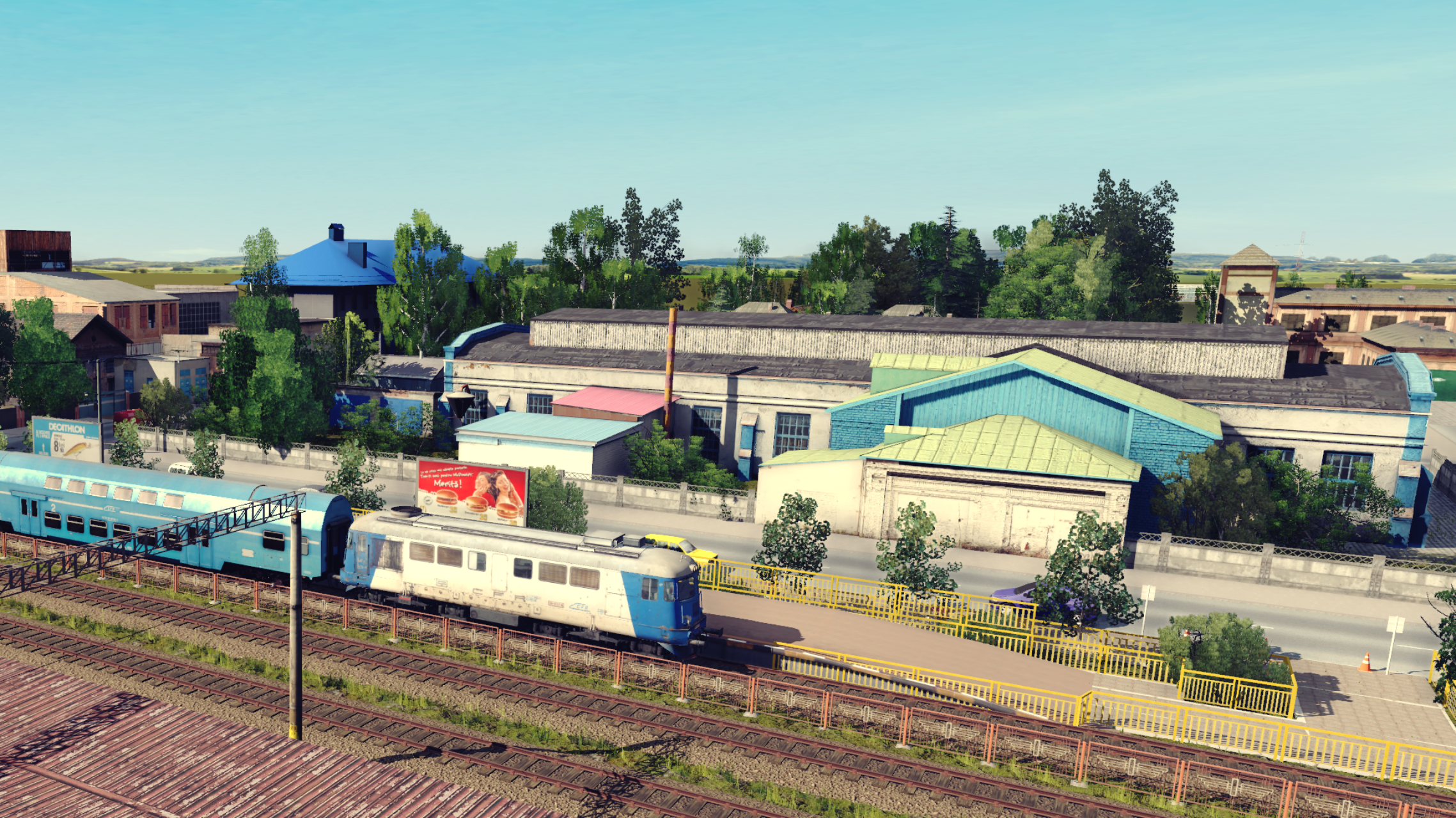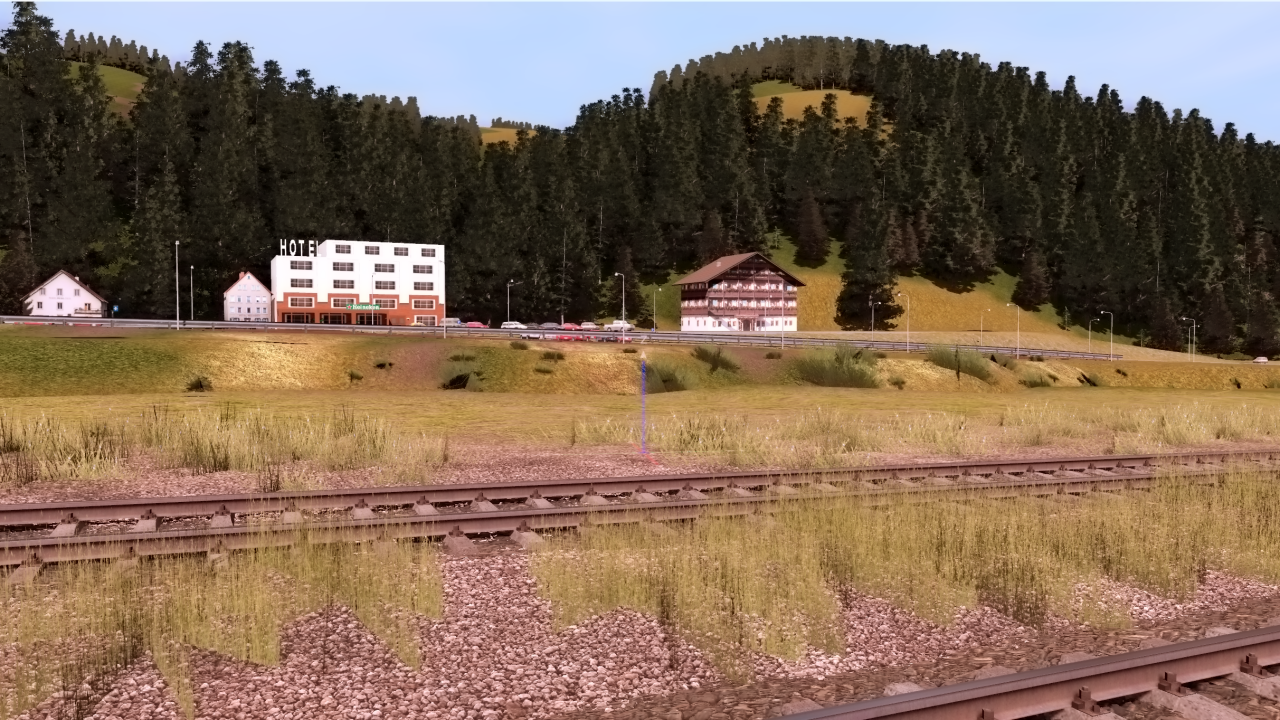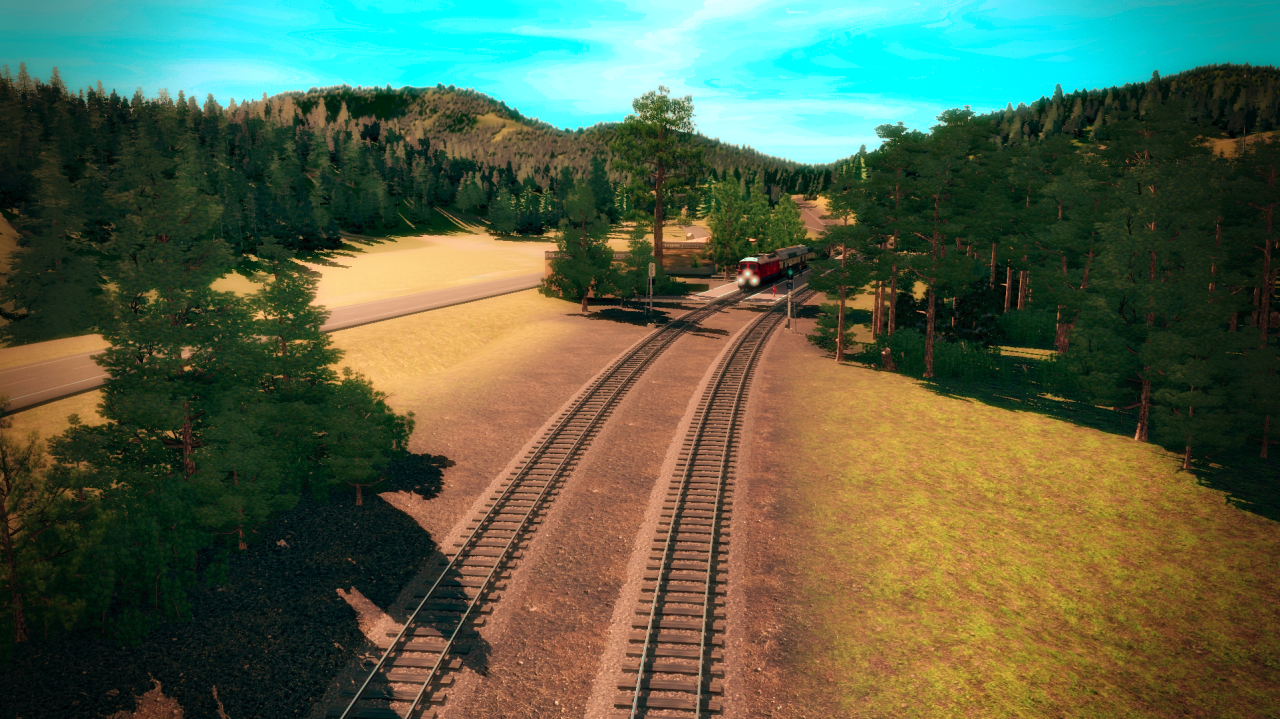Reviving the Wine Line: Focsani – Odobesti Route Now Available in Trainz Simulator
The renowned historical Focsani – Odobesti Trainz Route, often referred to as the Wine Line, is revitalized in the Trainz simulator. This route includes the now abandoned railway section that originally linked Focsani to Odobesti, virtually revamped. The Focsani – Odobesti route is now available for download on Auran’s Download Station, here.
Historical Overview of the Wine Line
The Focsani-Odobesti line, initially christened as the Wine Line, spanned just 11 kilometers at its inception. Here are some historical insights into this short yet remarkable railway segment: Following a test run with a work train by the construction company on September 10, 1893, the inaugural train journeyed from Focsani to Odobesti on September 22 of the same year, marking the commencement of the line’s operation. Two years later, on November 13, 1895, the Patesti Halt was also opened.
The travel time between the two stations was 38 minutes from Focsani to Odobesti, and 34 minutes on the return journey. The number of trains running daily on the railway between Focsani and Odobesti varied over time according to the needs of the area. As per the train schedule valid from April 18/May 1, 1902, the mixed trains between Focsani and Odobesti were numbered 363-370. The first train, no. 363, departed from Focsani at 5:15 AM, stopped at Patesti at 5:30 AM for ten minutes, arriving in Odobesti at 5:53 AM.
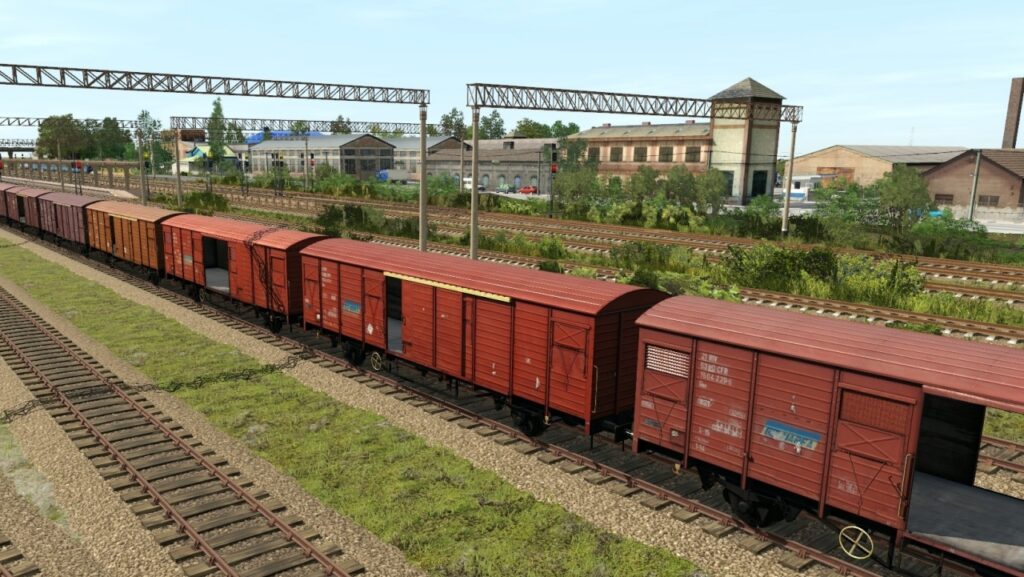
Operational Details and Passenger Service
The travel times were 14 minutes between Focsani and Patesti, and 12 minutes from Patesti to Odobesti. Then, 10 minutes from Odobesti to Patesti and 12 minutes from Patesti back to Focsani. The difference was due to the ascent towards Odobesti. From these times, it can be calculated that the travel speed was 24.5 km/h heading up to Odobesti, and 29 km/h descending towards Focsani.
If freight traffic varied normally according to the months of the year – agriculture being the main occupation of the area’s inhabitants – passenger traffic was relatively constant. For the passenger traffic on the Focsani-Odobesti line, probably two passenger carriages were sufficient. These were entirely on two axles, the first bogie wagons appearing at CFR in 1902 in the composition of international trains. It’s also worth noting that in 1899, the population of Focsani numbered 17,039 souls, while Odobesti and the surrounding villages (including Patesti) had just over 5,000.

Strategic Importance During War Times
The Focsani station and the small line to the Odobesti market came under German occupation on Christmas Day, 1916. The line was heavily utilized for military transports, with the front established at the base of Magura Odobesti. From Odobesti station, a narrow-gauge line was constructed, deemed absolutely necessary for the logistical transports of the German army up to Cucuieti. We also plan to virtually extend the route from Odobesti to Burca – more details on this will follow.
The railway towards Odobesti and Focsani station became strategically important elements in the war effort and were kept perfectly functional. In August 1917, both Focsani and Odobesti stations were visited by Kaiser Wilhelm II of Germany. He inspected the troops and attended a military parade on the plains near Odobesti.
In March 1918, after the armistice was signed, the first train connecting Moldova and Muntenia under occupation passed through Focsani station. The journey required a changeover in Marasesti, from the Iasi train to the Bucharest train. Under the control of a German mission stationed in Marasesti and based on an Ausweis (permit) issued by German officials in Marasesti. The civilian traffic was truly permitted only in the summer. With the stations sadly becoming the scene of trains full of demobilized soldiers.
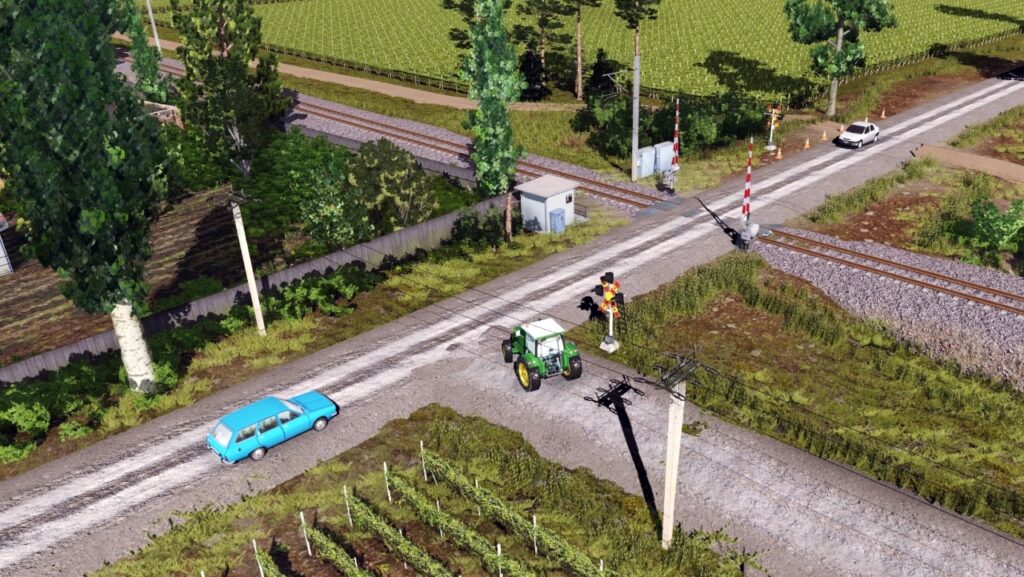
Focsani – Odobesti Trainz Route – Decline and Closure of the Railway
The 1970s marked the beginning of the end for the Focsani-Odobesti railway line. The rise of automobile traffic, due to the short distance between Focsani and Odobesti, began to overshadow the railway. By 1979, the line was merely noted on the CFR map, with no passenger trains operating between Focsani and Odobesti.
Post-1989, Focsani reverted to its status as a city of traders, with its industry nearly vanished. And one of the first casualties of the economic crisis was the railway. The economic downturn and the poor performance of the line, which saw sporadic operation in 1991, 1992, and 1993 with mixed trains, led to its closure to passenger traffic. And also the subsequent conservation of the railway buildings starting May 29, 1994. Ultimately, automobile traffic won the battle.
Virtual Reconstruction and Future Plans
It is clear today that such a line would only be economically viable for freight traffic. Passenger needs over the 11 kilometres separating Focsani from Odobesti are now fully met by road. With regular services departing from Focsani every 10 minutes, completing the journey in just 20 minutes. Our interest in recreating this route virtually – and giving it a new, modern aura – is to extend it virtually, of course, and elevate it towards Burca, as previously mentioned. However, this is a topic for another project, which we will discuss later.
Discover more historical insights by visiting Cătălin Pavel’s website, Linia Vinului, dedicated to the rich heritage of the Wine Line.

